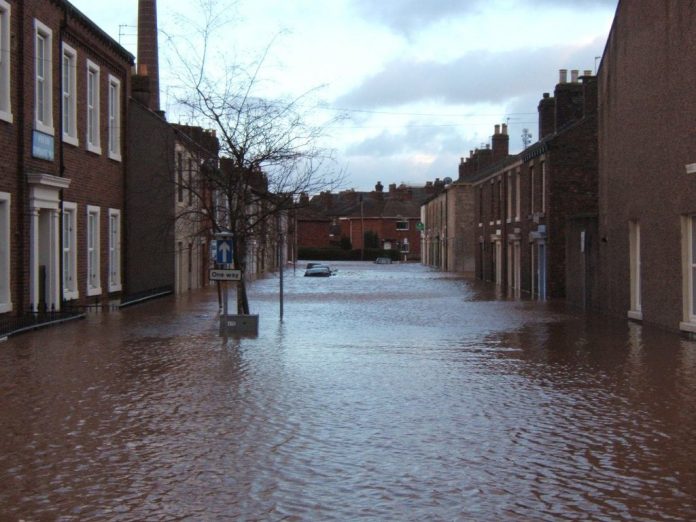The Environment Agency has decided to temporarily halt construction on phase 1 of the Carlisle flood risk management scheme during the winter months
The Environment Agency says the decision to pause work on the Carlisle flood risk management scheme has not been taken lightly.
Since construction started in July 2019, the UK has encountered the wettest August and September in the last 30 years according to the Met Office.
The wet weather has made working conditions for machinery and Environment Agency teams on the ground difficult.
The Environment Agency considers halting the Carlisle flood risk management scheme will be of greater benefit in the long run rather than attempt to carry on through with little progress.
Much of the equipment will be moved from Melbourne Park from the end of October and will return in 2020.
The change in the works timetable will not increase the flood risk to the local area.
In addition to this flood risk management scheme, the Environment Agency have been preparing for the wetter winter period.
Their 2019 winter readiness plans remain unchanged and include: replacing flood gates at the Caldew Maltings; control panel repairs at Little Caldew pumping station; repairs to flood embankments at Willowholme and Parham Beck; as well as regularly removing blockages and debris that would have increased flood risk.
Stewart Mounsey, flood manager for Cumbria, said: “I would like to reassure people that pause doesn’t mean stop. We will be busy behind the scenes working with our designers and contractor to plan our works for an accelerated start in spring 2020.
“Although we won’t be building embankments in the winter the public may see some activity in the winter months that will be supporting the accelerated return.
“The pause does not affect the completion of our works which were originally planned for spring 2020 to enable the new defences to be built ahead of winter 2020.
“Pausing main construction works in winter 2019 will not affect our 2020 winter readiness or our ongoing preparations for delivery of Phases 2 and 3.”














